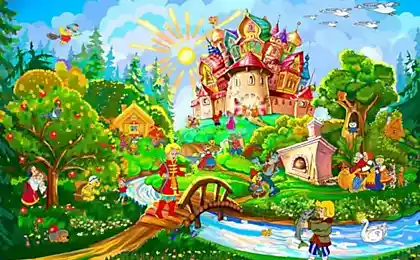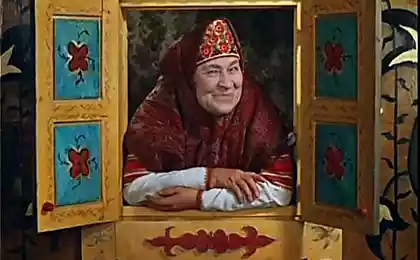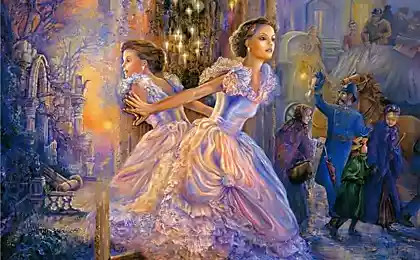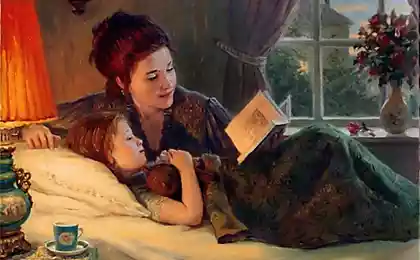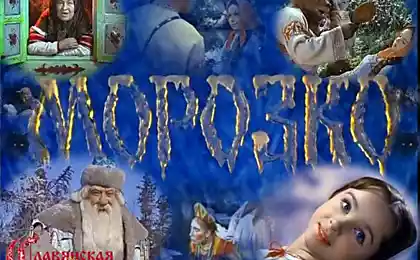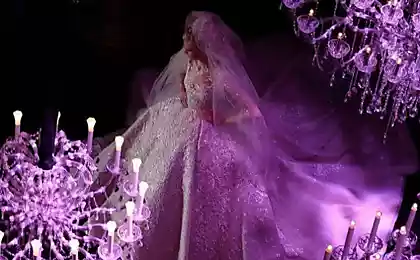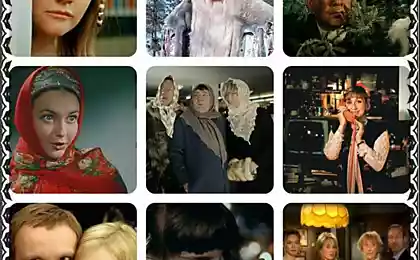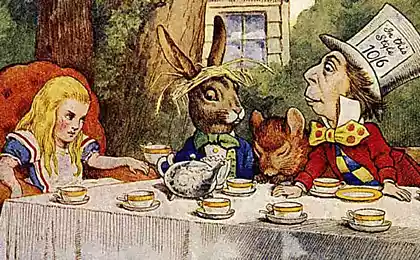646
The tale of the Bronze Age
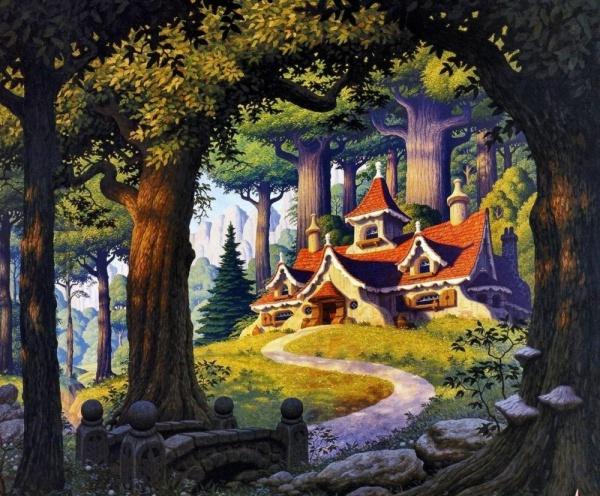
An international team of researchers conducted a phylogenetic analysis of fairy stories occurring in many nations of the world, and concluded that many of them are much older than previously thought.
The sociologist and folklorist Sara Graça da Silva (Sara Graça da Silva) from the New University of Lisbon and anthropologist Jamshid dictator (Jamshid Tehrani) from Durham University believe that at least one more tale originated in the Bronze Age.
Fairy tales are popular all over the world, with frequently in many countries and communities they are told differently. For example, the fairy tale "Beauty and the Beast" seems familiar to any resident of the country in one form or another.
Modern linguists and anthropologists were only able to determine the time when fairy tales were written down (a few hundred years ago). However, a new study has shown that fairy tales are actually originated much earlier - some for more than a thousand years.
To arrive at these conclusions, the researchers used a technique often used in biology. With it, they tried to trace the origin of language attributes.
We started with 275 tales with magical roots. As a result of these works were reduced to 76 major stories. Then they created a phylogenetic tree based on the Indo-European languages (of which there were a few extinct).
The researchers found evidence that some of the tales (for example, the English fairy tale "Jack and the Beanstalk," "Beauty and the Beast," "Rumpelstiltskin") have their roots in other stories, which can be traced back to the split of Indo-European languages into western and eastern branches. It happened about 5,000 years ago, that is, in fact, turned out to be older than the Bible tales and even Greek mythology.
Apparently, the traditional fairy tales have influenced many religious, from the Greek and Roman to Christian. Stories passed from country to country due to travel and trade.
One of the tales known as "Smith and the Devil" was born and did 6,000 years ago, in the Bronze Age. The tale is told of how a blacksmith sold his soul to a certain evil and powerful spirit in exchange for the ability to fuse with each other, any of the existing materials. Its scientists and recognized as the most ancient extant stories.
"We can use the information preserved in the fairy story, to identify other features of the communities of our ancestors, including their religious beliefs, moral values, gender norms", - considers dictator.
So, in many early folk tales there is a so-called group of "gratitude animals" to help the protagonist, after he saves them from death or imprisonment. Many tales raise topics such as marriage, birth of a child, child rearing, and become a sort of "instructions" for correct behavior in terms of cultural and social norms of society. No wonder negative characters in almost all tales endowed in addition to the poor quality and even external deformities.
People from all over the world have always been fascinated by creatures and objects endowed with special powers, whether or Jedi wizards, magic mirror or a time machine, the researchers wrote. Tense conflicts in fairy tales are devoted to the eternal struggle between good and evil, right and wrong choice of punishment and reward, male and female, of morality and immorality.
It is noteworthy that Wilhelm Grimm, one of the famous German linguists and folklorists, with his brother collected and published many stories, in 1812, wrote that, in his opinion, many tales of a thousand years. Previously it was thought that it was just a figure of speech, but now scientists believe that he was right.
The scientific article about fairy tales was published in Royal Society Open Science.
Your text to link ...
